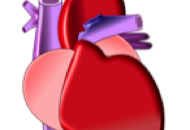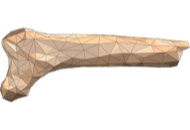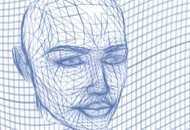RESEARCH AREAS
Bioingénierie Tissulaire (BioTis)
Inserm U1026
Université Bordeaux
146, rue Léo-Saignat
33076 BORDEAUX cedex - France
Tél. : 33 (0)5 57 57 14 88
Fax : 33 (0)5 56 90 05 17
Bone Tissue Engineering strategies have been developed at Biotis Unit since 1990, and with the main goal of creating primary human cell culture model in order to be as close as possible to clinical situation.
Up to 1993, under the collaboration with Caplan's laboratories, the Unit pioneered in France the culture of human mesenchymal stem cells from bone marrow and investigated the process of osteoblastic differentiation under different biochemical stimuli. These efforts also lead to the culture of human adipose stromal cells and their fate to osteoblastic lineage.
Projects on bone tissue engineering are focused on translational research from bottom up and modularity approaches to preclinical studies. Two main approaches are under investigation, a cell-based and a cell-free strategy.
Regarding the cell-based approach, our research managed by J. Amédée is strongly focused on the cellular interplay in 3D matrices for vascularized bone tissue regeneration, as well as the role of sensory neurons in the control of osteo-differentiation of mesenchymal stem cells. The research program looking at the orchestration of vascularization, bone formation and innervation in 2D and 3D matrices is developed in close collaboration with the Cardiovascular's group of the Unit.
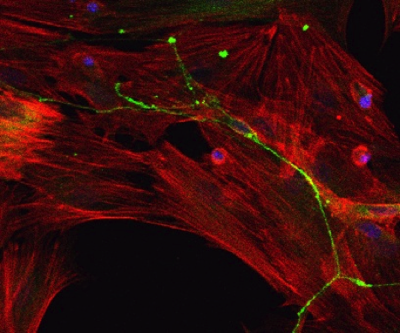
Neurite outgrowth within the MSCs compartment of a microfluidic device. The presence of neurites in the axonal side was evaluated at day 7 of coculture by immunofluorescence, using an antibody directed against neuronal specific marker (β-Tubulin III) coupled to Alexa-fluor® 488 (green), and DAPI (nuclei; blue) under a fluorescence confocal microscopy. Actin filaments of MSCs were stained using Alexa Fluor® 568 (red) conjugated phalloidin.
Regarding the scaffolds used as cell carrier, we have looked at the development of GNF (Glycosyl-Nucleosyl-Fluorinated) combined with collagen as injectable hydrogel. This scaffold is developed in collaboration with INSERM U1212 and the Unversité Laval (Québec, Canada). This project, managed by O. Chassande, was funded by the “Agence Nationale de Recherche (ANR)” (TecSan program).
In the cell-free strategies, we use polysaccharide–based macroporous composite scaffolds, developed in collaboration with INSERM U1148, as new osteoconductive and osteoinductive matrix for oral surgery and orthopedic clinical applications. This matrix was patented and preclinical studies performed in small and large animals demonstrated their efficacy for bone tissue regeneration . This project was funded by numerous grants obtained from the “Agence Nationale de Recherche (ANR)” or by ITI (International Team for Implantology) fundation.
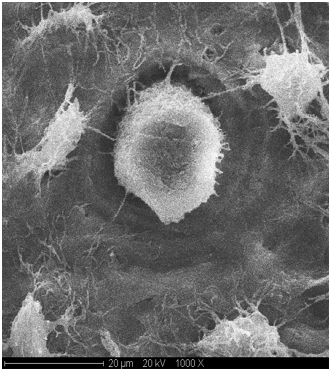
Scanning electrom microcopy of a blood vessels in the newly bone tissue regenerated by a polysaccharide – based composite scaffold. The newly bone tissue exhibits numerous connected osteocytes that also establish contact with blood vessels.
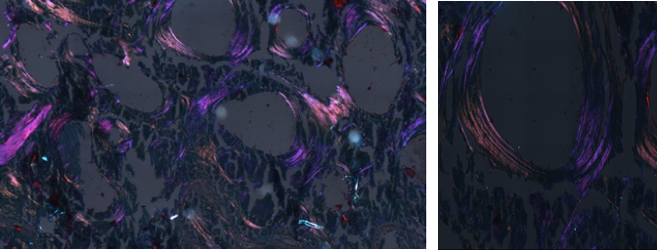
Polarized light microscopy showing lamellar bone tissue regenerated by a polysaccharide–based composite scaffold implanted in an oral site in large animals
Finally, besides this tissue engineering strategies, a third technological approach is developed in interaction with the Biofabrication group for building a vascularized bone tissue (Bottom-up approach).
References
Velard F, Schlaubitz S, Fricain JC, Guillaume C, Laurent-Maquin D, Möller-Siegert J, Vidal L, Jallot E, Sayen S, Raissle O, Nedelec JM, Vix-Guterl C, Anselme K, Amédée J, Laquerrière P. In vitro and in vivo evaluation of the inflammatory potential of various nanoporous hydroxyapatite biomaterials.Nanomedicine (Lond). 2015;10(5):785-802.
Latxague L, Ramin MA, Appavoo A, Berto P, Maisani M, Ehret C, Chassande O, Barthélémy P. Control of stem-cell behavior by fine tuning the supramolecular assemblies of low-molecular-weight gelators. Angew Chem Int Ed Engl. 2015 Apr 7;54(15):4517-21.
Guerrero J, Oliveira H, Catros S, Siadous R, Derkaoui SM, Bareille R, Letourneur D, Amédée J. The use of total human bone marrow fraction in a direct three-dimensional expansion approach for bone tissue engineering applications: focus on angiogenesis and osteogenesis. Tissue Eng Part A. 2015 Mar;21(5-6):861-74
Fricain JC, Schlaubitz S, Le Visage C, Arnault I, Derkaoui SM, Siadous R, Catros S, Lalande C, Bareille R, Renard M, Fabre T, Cornet S, Durand M, Léonard A, Sahraoui N, Letourneur D, Amédée J. A nano-hydroxyapatite - Pullulan/dextran polysaccharide composite macroporous material for bone tissue engineering. Biomaterials 2013;34:2947-2959.
Guerrero J, Catros S, Derkaoui SM, Lalande C, Siadous R, Bareille R, Thébaud N, Bordenave L, Chassande O, Le Visage C, Letourneur D, Amédée J. Cell interactions between human progenitor-derived endothelial cells and human mesenchymal stem cells in a three-dimensional macroporous polysaccharide-based scaffold promote osteogenesis. Acta Biomater. 2013 Sep;9(9):8200-13.
Grellier M, Bordenave L, Amédée J. Cell-to-cell communication between osteogenic and endothelial lineages: implications for tissue engineering. Trends Biotechnol. 2009 Oct;27(10):562-71.


